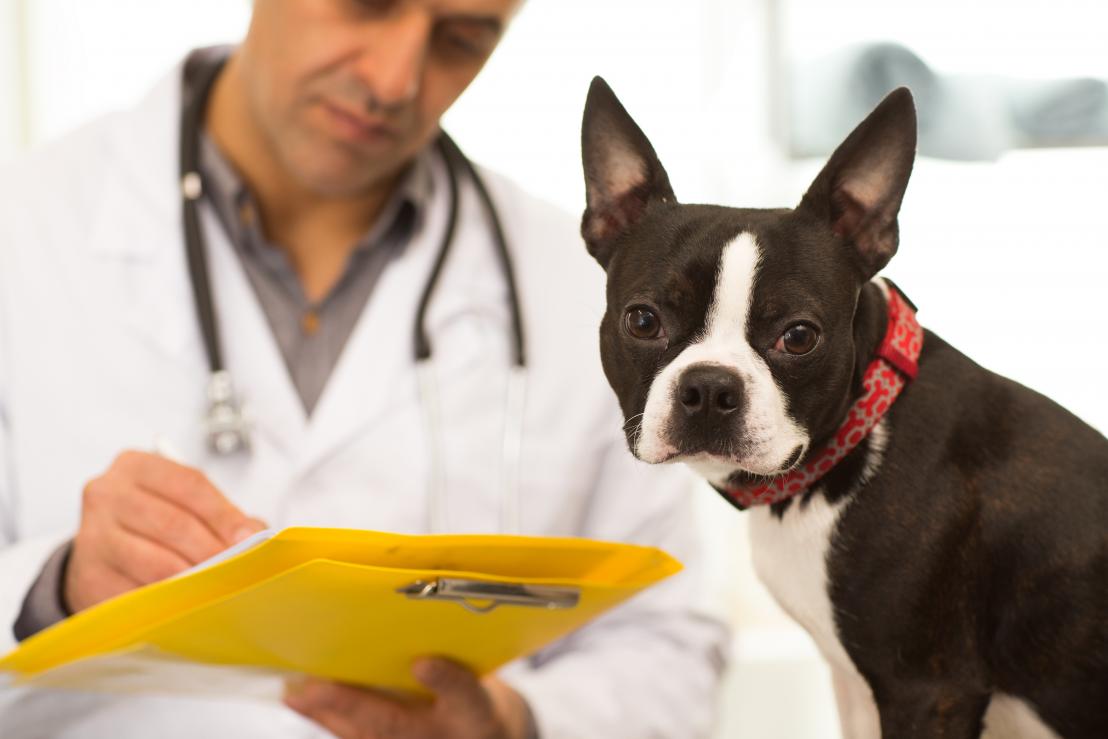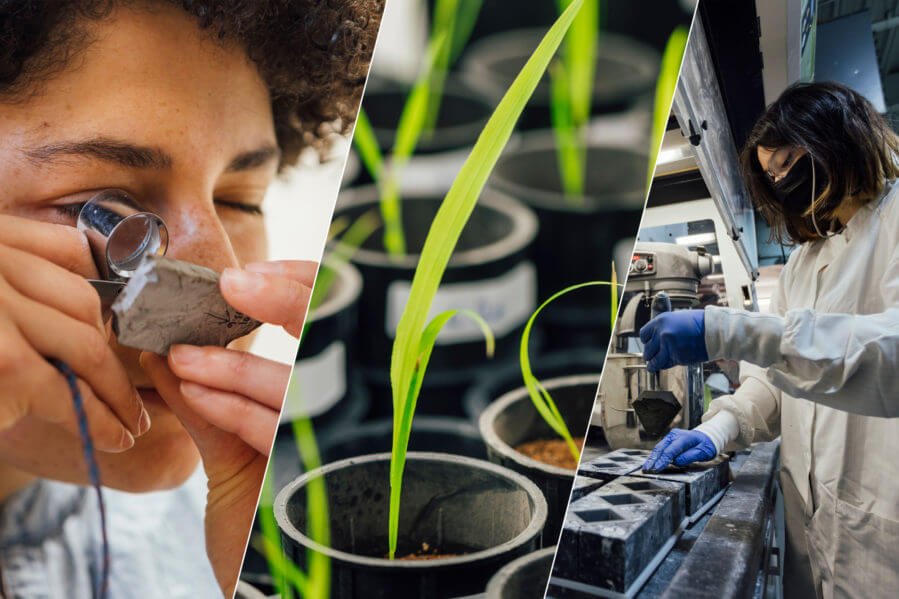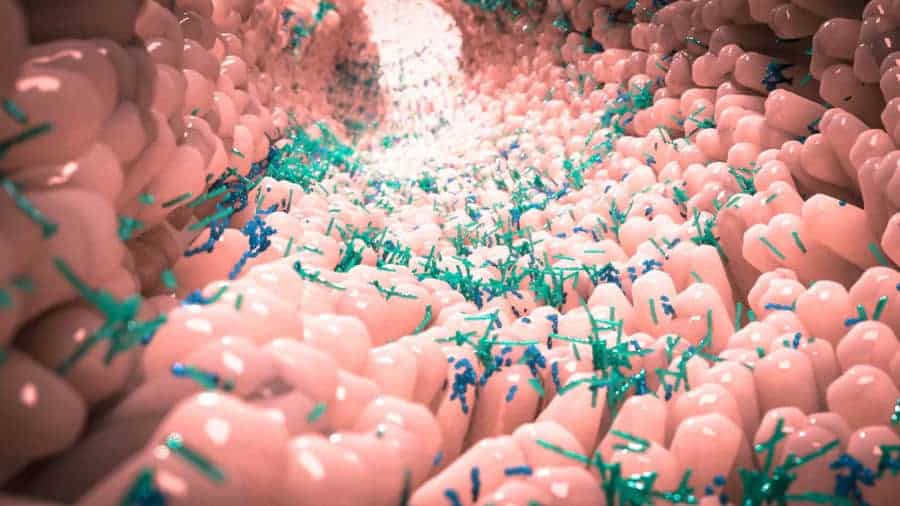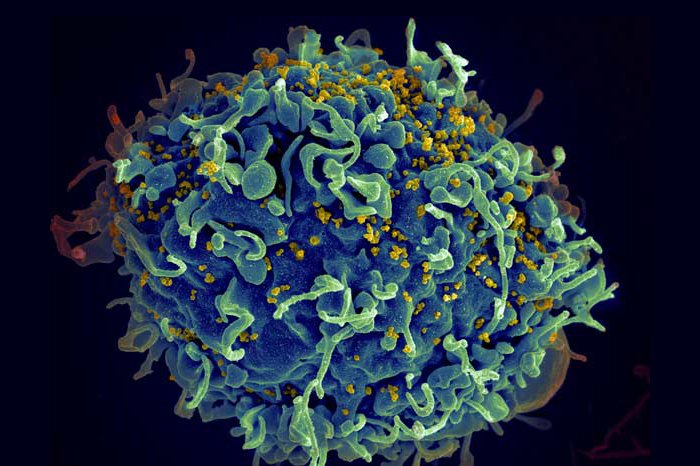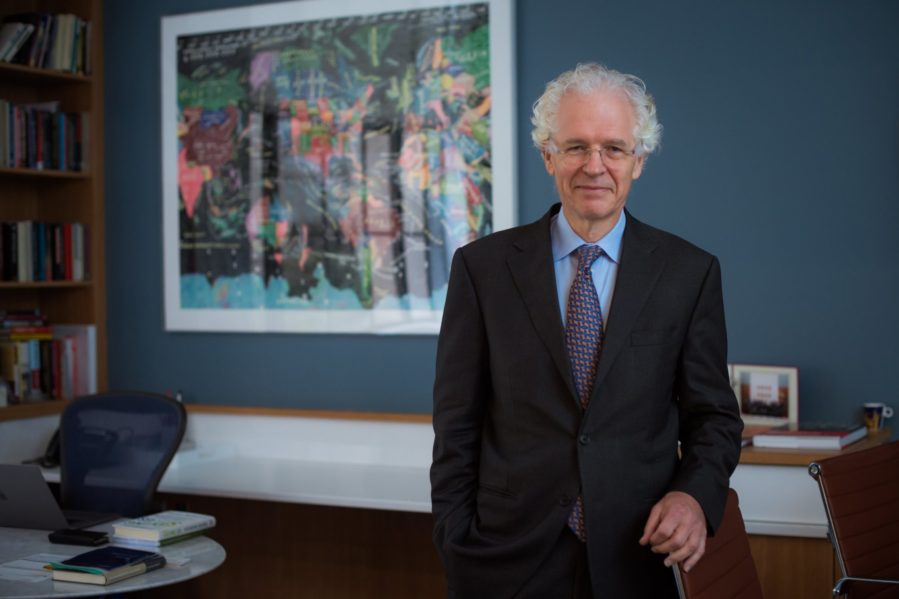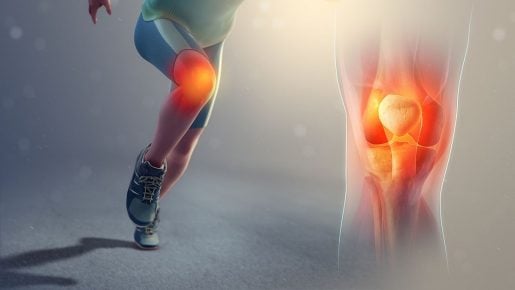Non-invasive diagnostics such as light scanners and swabs are increasingly used to diagnose illness in people. Now EU-backed scientists are trying to extend the techniques to the treatment of pets. There are an estimated 90 million dogs living as pets in European households. Having a dog in the family can make people more physically active. […]
Read More